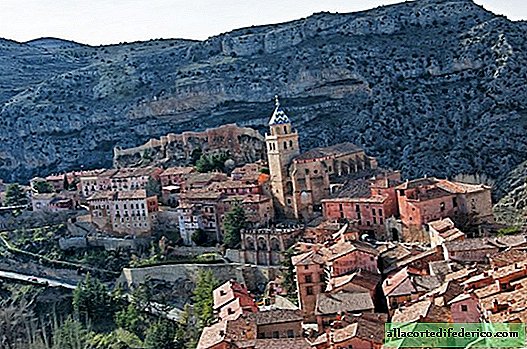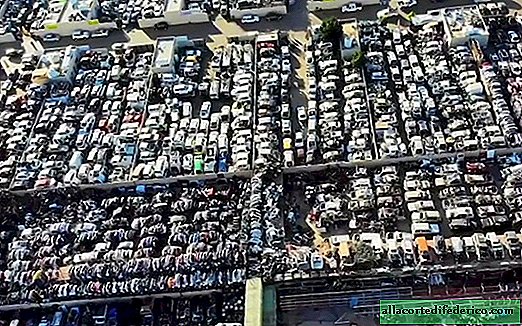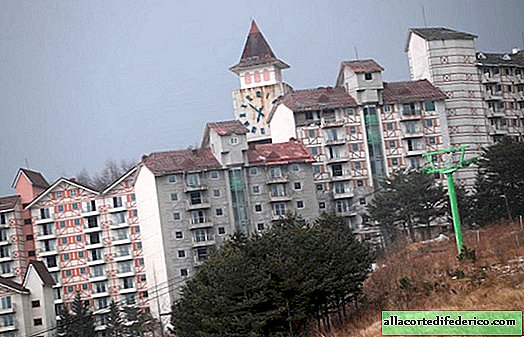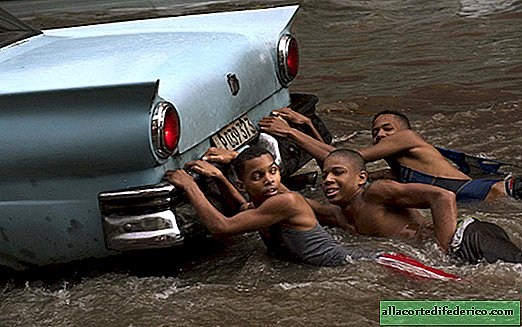Inca Roads - a grand road network that has no analogues in world history
During the time of the Great Inca Empire, there were not only large cities, but also an extensive network of unique paved roads with a length of about 30,000 kilometers. There has been no grand Inca empire for several centuries, and only ruins remain from its cities, but people still use the creation of this civilization - paved roads laid in rugged mountainous terrain.
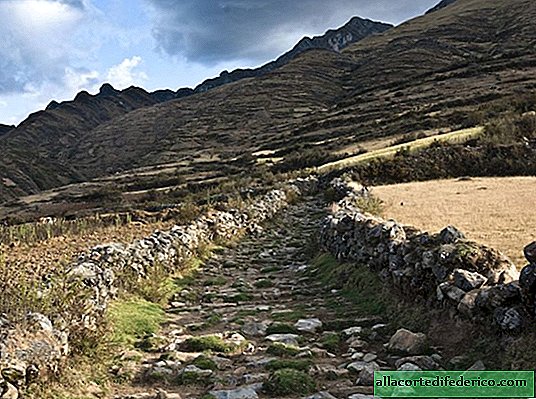
The Inca Empire stretched from the modern Colombian city of Pasto to the Maule River in Chile and existed until 1533. Even the Spaniards who captured this territory admired with admiration about this unique at that time infrastructural structure, which had no analogues in world history. Many roads, stone, wooden and suspension bridges, built in incredibly difficult natural conditions, stretched from the outskirts of the empire to its capital - the great city of Cuzco.

The total length of the Inca roads, which today are located in Peru, Bolivia, Colombia, Ecuador, Chile and Argentina, was 30,000 kilometers. Such a high density of the road network also indicates the high level of development of this state. The road network included four main routes that connected to Cuzco, and between them there was a dense network of secondary roads that passed through all the cities and settlements of the powerful empire.

The rulers of the great empire, whose population reached 10-12 million people during their heyday, perfectly understood that roads are a sure way to the success and prosperity of their mountainous country. For this reason, road construction was given an important role in the economy of the empire. Each citizen of the Inca state was obliged to work 90 days a year on state construction sites of roads, bridges and other structures. At the same time, workers were fully provided with food and clothing, and also had decent housing.

The roads were built of stone and very high quality, in compliance with all technological standards of that time. So, for example, if a road met a marshland on its way, then an embankment of stones was built, on which the road subsequently ran. If the path passed through a deserted sandy area, then in such places the road had rocky sides that did not allow the winds to cover it with sand. Along the roads, at the same distance from each other, there were a kind of inns, where tired travelers could count on rest and food.

The Incas did not know the wheels and vehicles made on its basis, so they did not have carts and carts. Roads were intended exclusively for pedestrians and horse-drawn vehicles, in the role of which were llamas - unpretentious inhabitants of the highlands. All the more surprising is the thoroughness with which these roads were laid out. According to information that has reached us, the Inca Empire had an interesting warning system, which served to deliver valuable and urgent information. The messengers communicated with each other with the help of signals, and the data transfer resembled a relay race, when each participant in the race was responsible only for his section of the track. Using this system and having in the service of fast and hardy messengers, the Inca empire boasted a developed service for the delivery of important information.

The Inca roads were made so high quality that even after the Spaniards conquered the territory and there was no one to monitor the roads, they continued to function properly, and some of them are still used by local residents. It seems unbelievable, but the stone roads laid several centuries ago are still in excellent condition. The most well-preserved Inca roads were included in the UNESCO World Heritage List, and those located in accessible places are very popular among foreign travelers.


